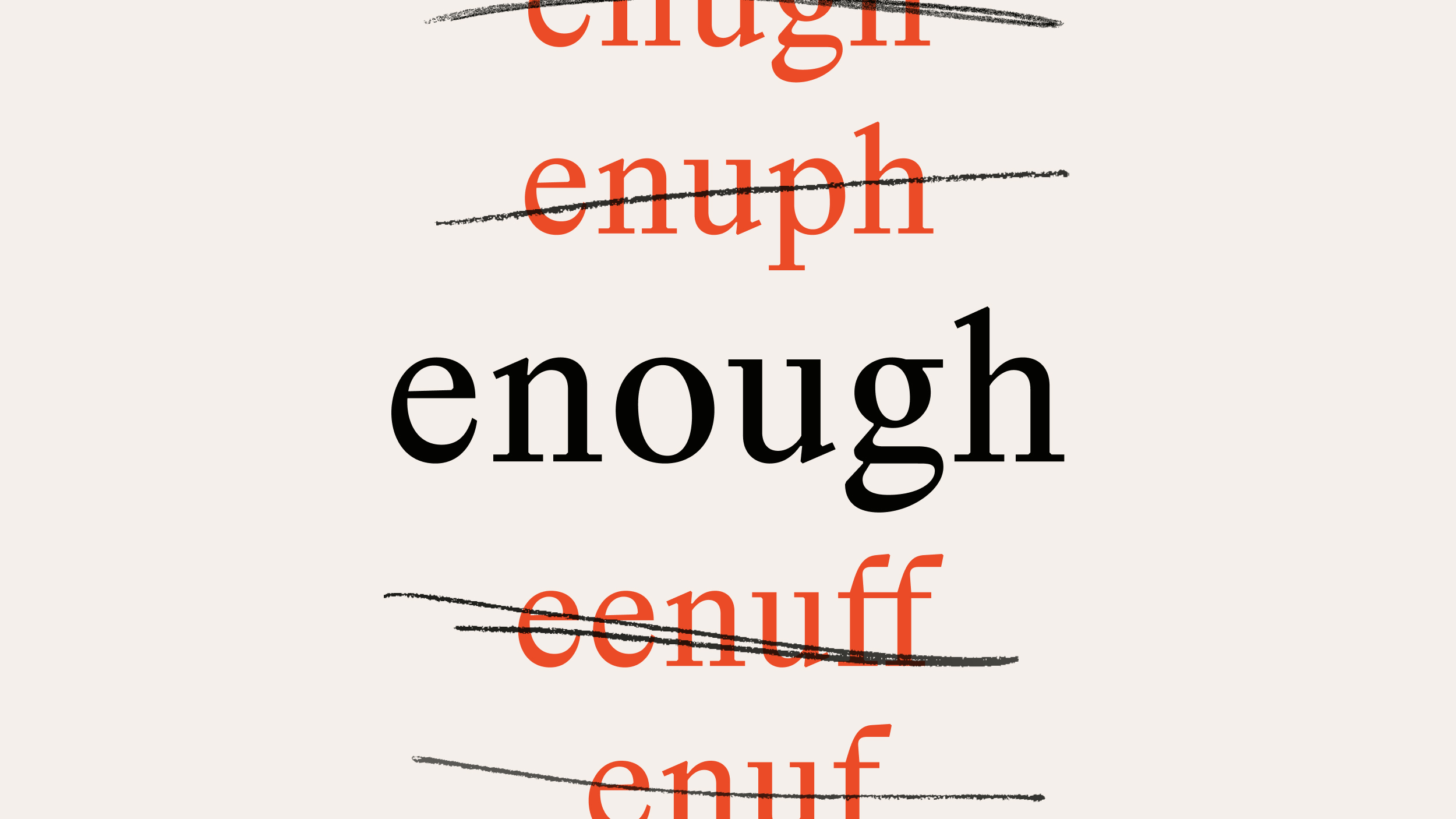‘Mind Matters’ Hits 100

This is my 100th post on Mind Matters. Hence the cake in the pic, which was made for a wedding by Seattle’s Jet City Cakes, using H.R. Giger’s designs for the Alien movies (that party-planner’s bonanza of feel-good ideas). So I decided to take an X-ray of the blog: I ran all 99 previous posts through my application’s “Statistics” feature. (I could also have done it online, with any text I like, at this site.)
Amazon taught me this exercise, when it put up a concordance of the 100 most frequent words in my book. It is part of a stats page with lots of information, like the fact that my work gives you 6,722 words per dollar (oh, har-de-har-har—like we don’t treat books as commodities enough already).
That stats page, like Giger’s creatures, had a weird, inhuman fascination for me. A statistical breakdown of a book is like a skeleton of the writing mind, showing the secret bends and knots that normal prose would hide. Without ideas or punctuation, the list doesn’t feel like writing, exactly. But it does feel written, because these aren’t random words. They’re still traces of the orbits I always take, even though I didn’t know they existed.
The Amazon concordance gives the 100 most common words in a book, in alphabetical order, with the really common words blown up to a size proportional to their frequency. The biggest words in the Us and Them concordance, for instance, are “human,” “kinds,” and “people.” Bigger-than-most verbs included “believe”; “change”; “feel”; “know.”
Not very dashing verbs, I must say. Novelists are more direct. In Tolstoy’s “War and Peace” (translation by Richard Pevear and Larissa Volokhonsky), the biggest words are “Pierre” and “Prince,” and the verbs are basic and concrete: “asked,” “say”, “saw” “tell” and “thought.” (I captured this concordance a couple of years ago; it doesn’t appear to be on the book’s Amazon page any more.)
The concordance also reflects that Tolstoy sees the world. The big fish in his tank are words for stuff people notice by eye: “day,” “eyes,” “face,” “general,” “man.” By contrast, what leaps out of the Brothers Karamazov concordance is activity: The biggest words included “come,” “even,” “now,” and “suddenly.” The one book looks; the other jumps. Even the 100-word laundry list reflects that.
To analyze this blog, I compiled the statistics-function’s list, ranked in order of frequency, of all the words in my “Finished Posts” folder (not a perfect match for the actual posts online, but close enough). The most frequently used verb is “think.” My most common noun is “people.” Fair enough, given the subject. On the other hand “Hezbollah” (25 times) occurred in these posts more often than “families” (18), which seems odd. And I was surprised to see that “good” appears 53 times, while “bad” scores 23.
The main pleasure of computer text-analysis, though, isn’t this kind of anatomy. It’s the accidental poetry of words generated according to that one simple and arbitrary rule: “Words must be read in order of their frequency rank in the original.” The results can read like a form of “constraint-based writing” as practiced by the OuLiPo crowd, but with an already-existing text.
I’ve discovered, then, that while I was writing away about this and that, following the usual rules of grammar, sense and professionalism, I was creating the raw material for a parallel-universe opus, full of gnomic fragments: “Could even good last”; “Want better right mind”;
“neurons part religious”; and (my favorite, I think): “disease effects enough everyone however intelligence looks medical.”
O.K., these koans aren’t user-friendly: They don’t tell you exactly what you’re going to get and invite you to tweet and friend and ding and bing and puff. Instead, they’re a reminder that words are strange and opaque and not entirely under our control, however much we prefer writing to be an invisible tool to help us find the right BUY button. I’m glad to have sort-of written them, in cyborg collaboration with my software.
And now, back to the blog—after all, “want better right mind,” right?





